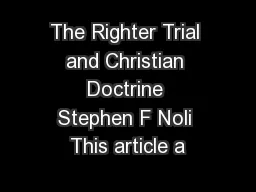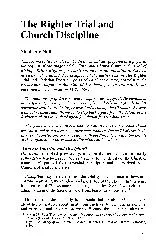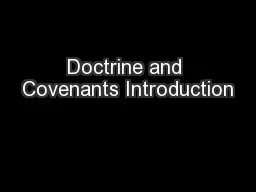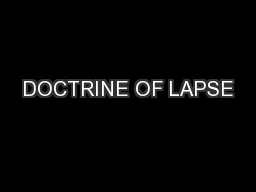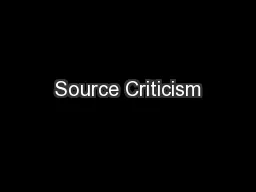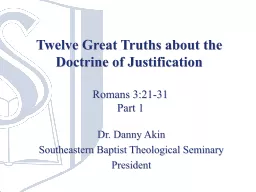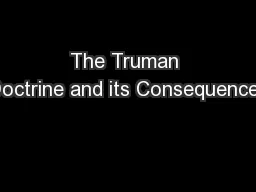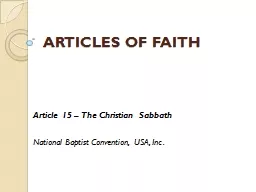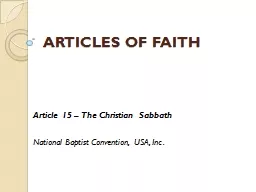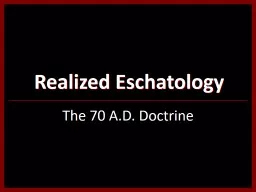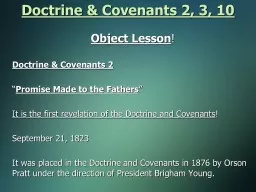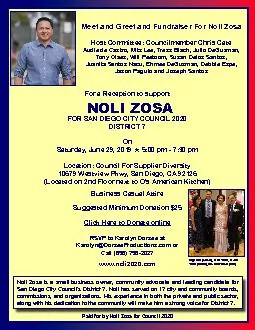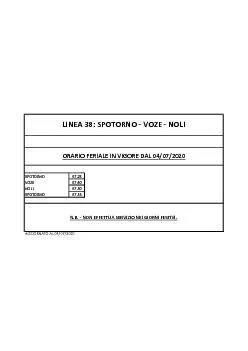PDF-The Righter Trial and Christian Doctrine Stephen F Noli This article a
Author : danika-pritchard | Published Date : 2015-10-13
1990 was brought in 1995 by ten bishops Later that year the required 66 additional bishops consented to the holding of a trial At a pretrial hearing in December
Presentation Embed Code
Download Presentation
Download Presentation The PPT/PDF document "The Righter Trial and Christian Doctrine..." is the property of its rightful owner. Permission is granted to download and print the materials on this website for personal, non-commercial use only, and to display it on your personal computer provided you do not modify the materials and that you retain all copyright notices contained in the materials. By downloading content from our website, you accept the terms of this agreement.
The Righter Trial and Christian Doctrine Stephen F Noli This article a: Transcript
Download Rules Of Document
"The Righter Trial and Christian Doctrine Stephen F Noli This article a"The content belongs to its owner. You may download and print it for personal use, without modification, and keep all copyright notices. By downloading, you agree to these terms.
Related Documents

